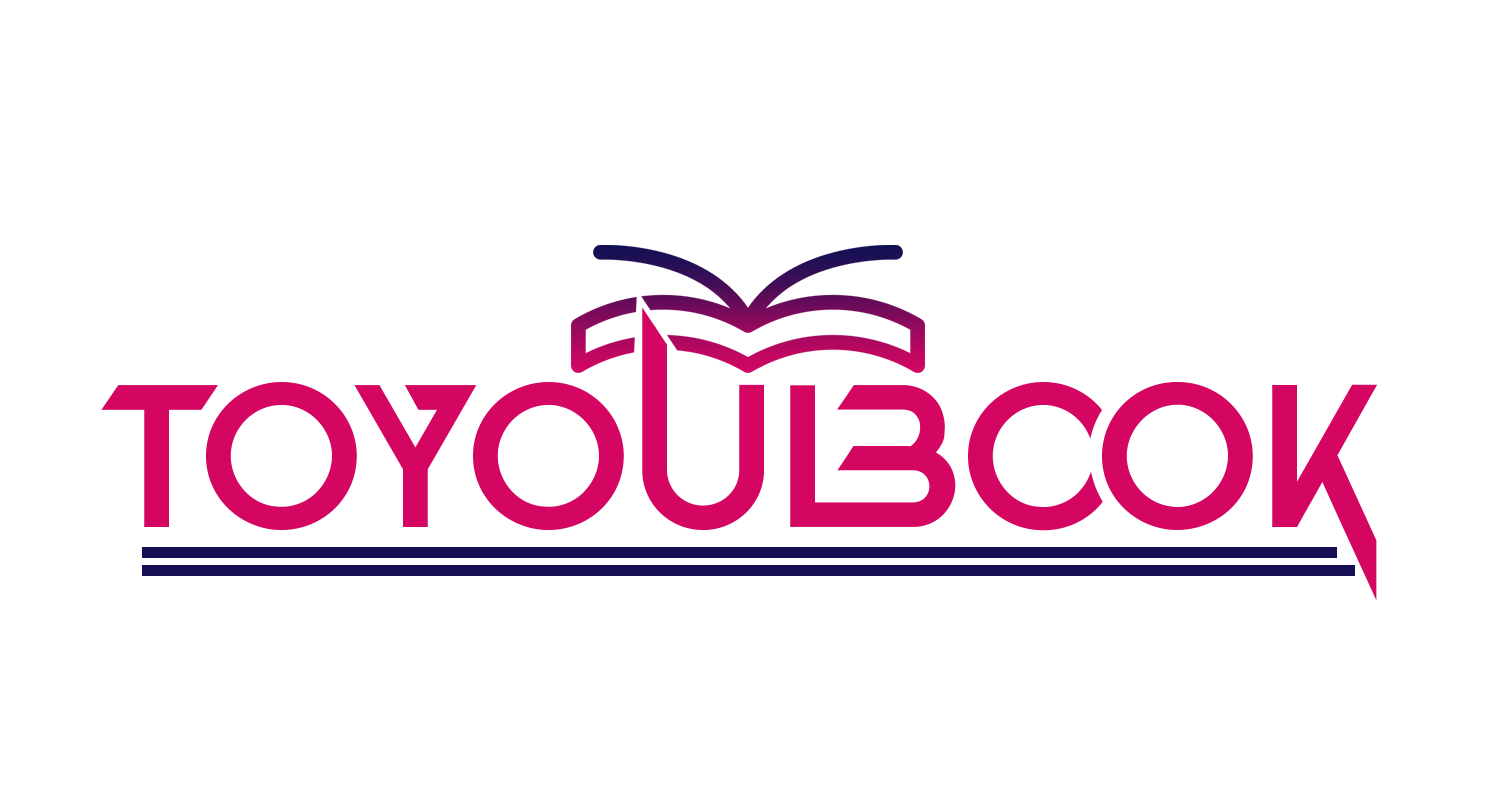The idea of flipped classroom has changed the conventional ways of teaching-learning process by reversing the conventional classroom lecture and homework components of a course. In this new model, students are exposed to lecture presentations through different forms of EdTech platforms at home and solve collaborative and critical thinking problems at school. This model enhances the level of student involvement, positive interaction and lesson caliber through learner participation and teacher-student interaction. When the educators incorporate this model more often, the EdTech tools help to enhance the flipped learning experiences.
Create Engaging Video Content for Pre-class Learning:
At the core of the flipped classroom model is the proprieties of creating engaging, high-quality video materials for students to watch before the lesson. Use screen recording software and present your video lectures in a neat and professional manner with a focus on delivering simple and efficient tutorials followed by the introduction of the main concepts and theories. Integrate activities that involve participation such as questions and answer sessions or employing pollsters to check on understanding among participants. Alongside these efforts, utilizing attendance software can help educators track student participation and ensure that learners are engaging with the video content before attending in-person classes. It may be useful to create video that consists of several parts divided in segments to enhance its informative value using animation software.
Implement Digital Platforms for Content Distribution and Assessment:
As for distributing the pre-class materials and checking students’ understanding, it is necessary to use reliable LMS and digital assessment instruments. Creation of the academic environment such as Google Classroom or Canvas provide the centralized platform to manage materials, assignments or discussions. Capitalize on features such as Scheduled Content Delivery so that the content is released in time and students have no way of avoiding the pre-class work. Integrate the formative assessment to check on learners’ understanding of the resource in order to establish which aspects needs reinforcement in class.
Design Collaborative In-class Activities Using EdTech Tools:
Learn how to redesign your classroom to engage your students during group projects that incorporate EdTech tools. Use webinar or similar applications for group brainstorming and other activities involving problems that can be better represented on a whiteboard. Encourage students to use Google Workspace or Microsoft Teams to effectively collaborate with other students and work on group projects and peer assessments. A biometric attendance software free of charge can simplify the process of tracking, allowing educators to focus more on designing collaborative in-class activities that foster interactive learning. Introduce gamification elements through platforms that can help boost the learning activities’ engagements and the students’ motivation.
Facilitate Personalized Learning and Differentiation:
Another benefit that flipped classrooms offer is how the concept can easily be taught in a way that differentiates learning style. Convey information to students and differentiate between teaching rates by using EdTech instruments. Use ways of modifying the learning to enable users to get numerous practice exercises and feedback that is constructive. The primary use of learning analytics tools entails the progress of the students and discovering the problems which require further intervention.
Foster Student Reflection and Metacognition:
Promote personal learning strategies which also help to develop student’s metacognition skills with the use of EdTech tools. Use of a digital portfolio system such as to, where students can build their learning portfolio, monitor performance, and set individual learning objectives. Encourage students to use blogging applications which encourage both individuals to write reflectively as well as for the peers to comment. Integrate the use of mind mapping tools to make the students see relationships and patterns between ideas and thinking about them.
The use of EdTech tools when employing the model of the flipped classroom opens a wide range of possibilities in the transformation of traditional education into engaging, student-centered learning. These are the recommended techniques to utilize in teaching to assess the application of EdTech tools and their effectiveness with the subject matter and the learners. The use of the flipped classroom can be effective when implemented properly and with further modifications.

